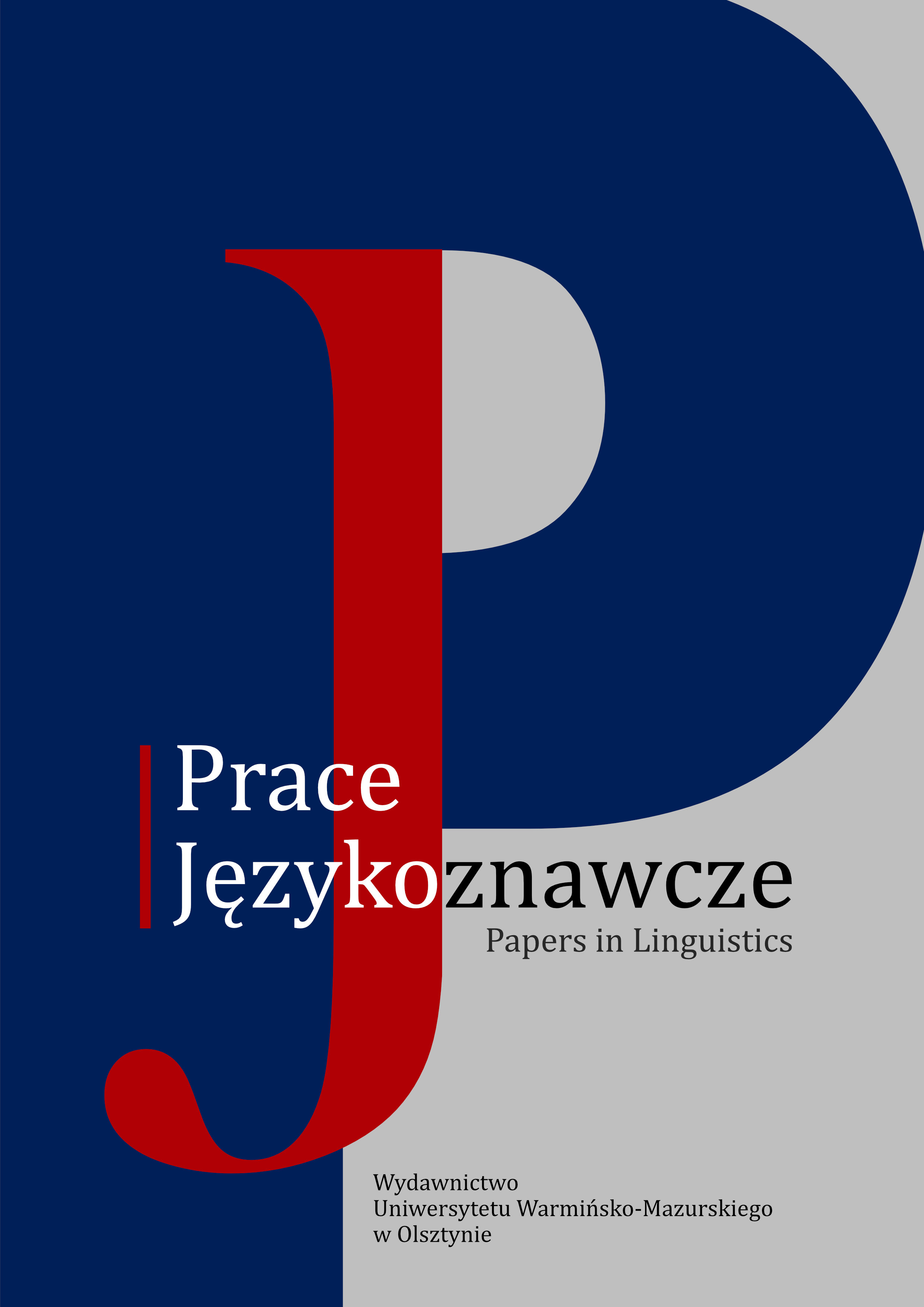Typy i funkcje przełączania kodu językowego (code-switching) w wywiadzie z dzieckiem bilingwalnym
Types and functions of code-switching in an interview with a bilingual child
Author(s): Rafał Młyński, Anna Majewska-TworekSubject(s): Language studies, Language and Literature Studies, Theoretical Linguistics
Published by: Wydawnictwo Uniwersytetu Warmińsko-Mazurskiego w Olsztynie
Keywords: heritage language; functionally first language; lexical insertions; alternations; interview; sender-receiver relationship; bilingualism
Summary/Abstract: The problem of language code-switching (CS) in children is rarely explored by Polish linguists, especially in reference to analyses of recorded and transcribed spontaneous utterances. In two different interviews (speech therapy and biographical), the phenomenon of code-switching was examined in children of early school age for whom Polish is L1 andEnglish is L2. In the literature of the subject, three main types of CS are enumerated:alternation, insertion, and congruent lexicalization (Muysken 1997, 2000). A significantcorrelation between the sender-receiver relationship and the occurrence of CS is alsoindicated. Thus, three questions were asked in the present study: what types of CS can bedistinguished in the analyzed conversations with bilingual children?; what is the dominantfunction of CS in the examined utterances?; do the type of interview and the sender--receiver relationship determined by it influence the occurrence of CS in the examinedutterances of the speakers? The analyzed material was dominated by lexical insertionsresulting from the functional dominance of L2 in both children. It was noted that thetype of sender-receiver relationship affects the use of CS. In addition, both interviewsare conducive to the occurrence of CS, and thus to the continuation of verbal interaction.
Journal: Prace Językoznawcze
- Issue Year: 26/2024
- Issue No: 2
- Page Range: 271-286
- Page Count: 16
- Language: Polish

